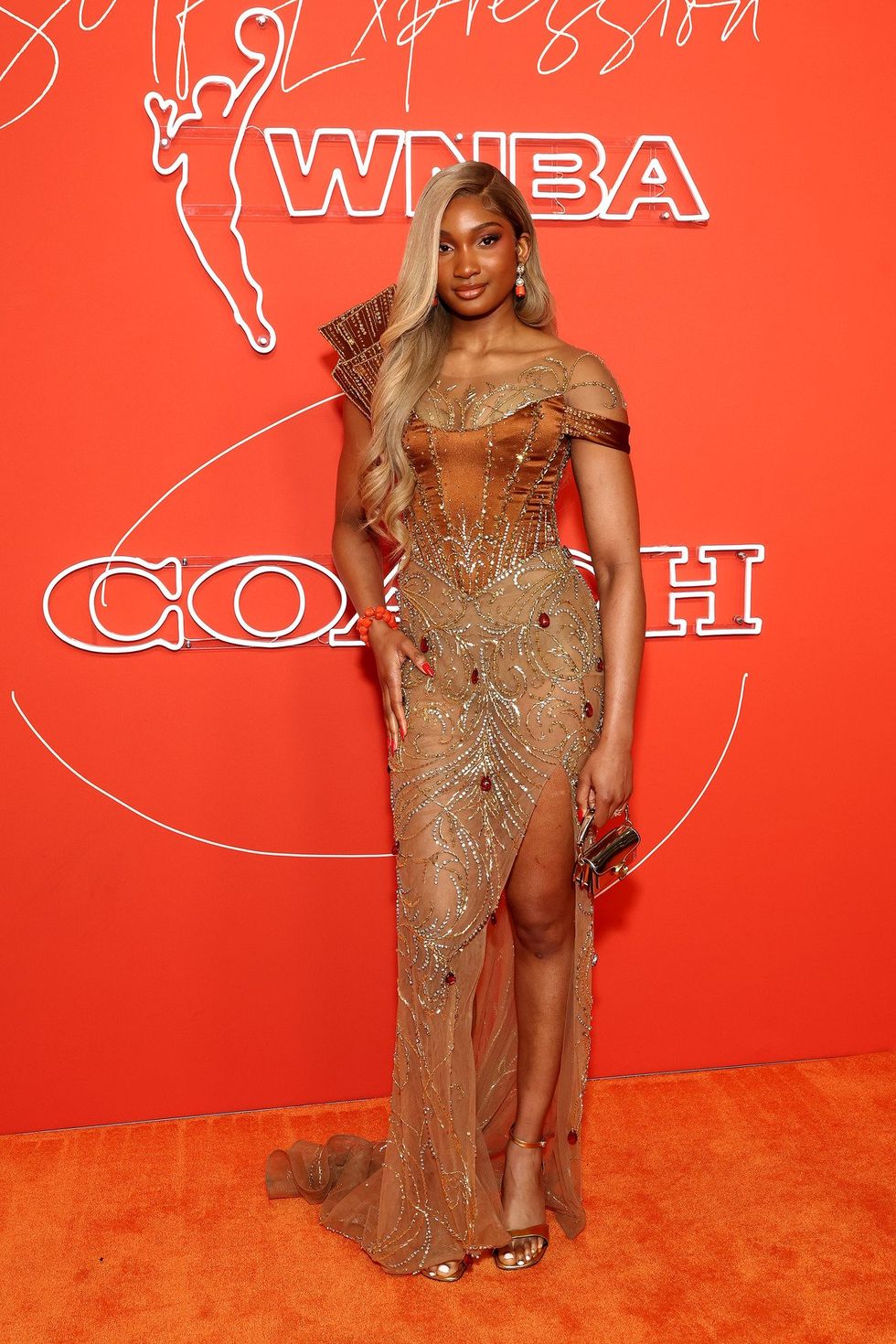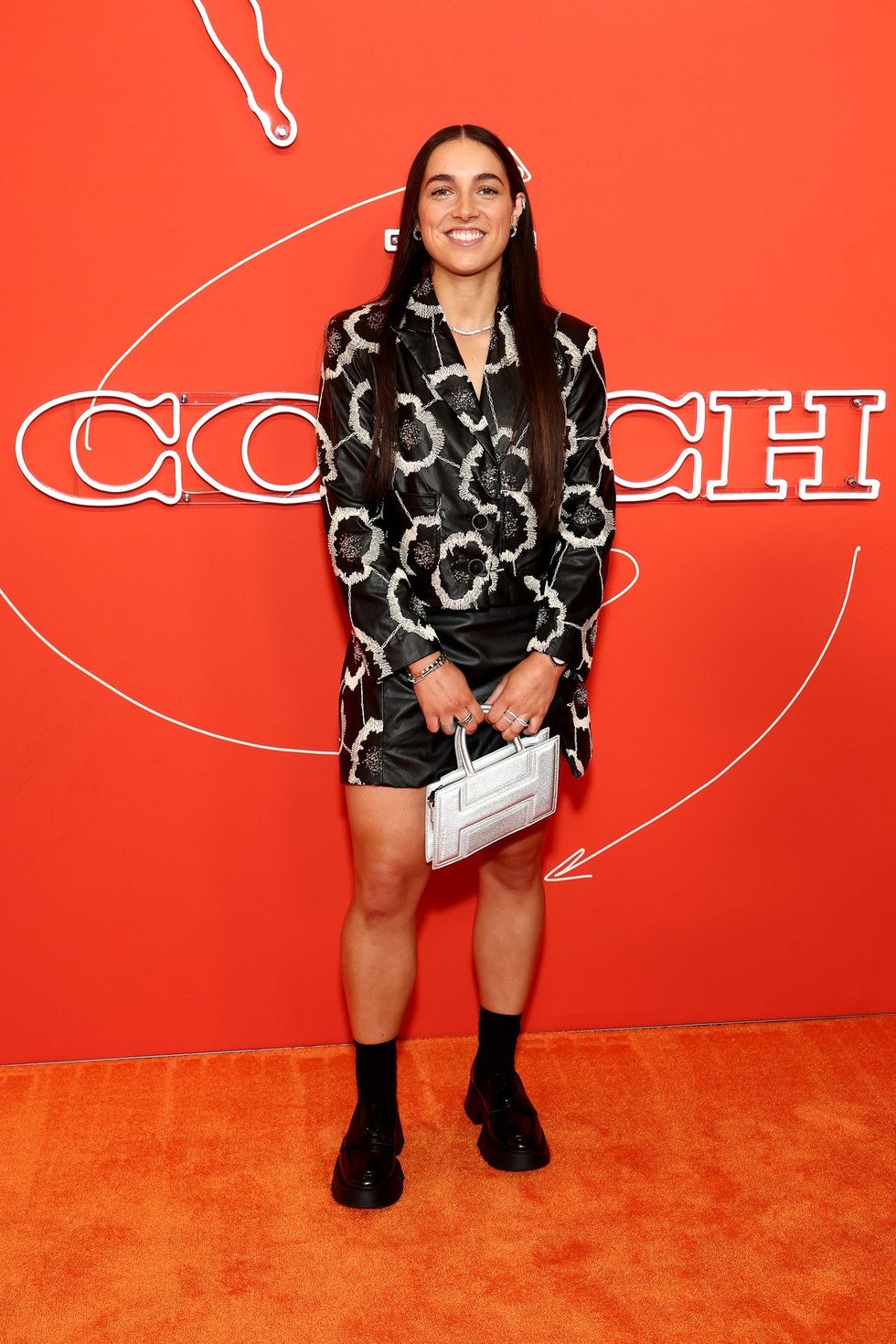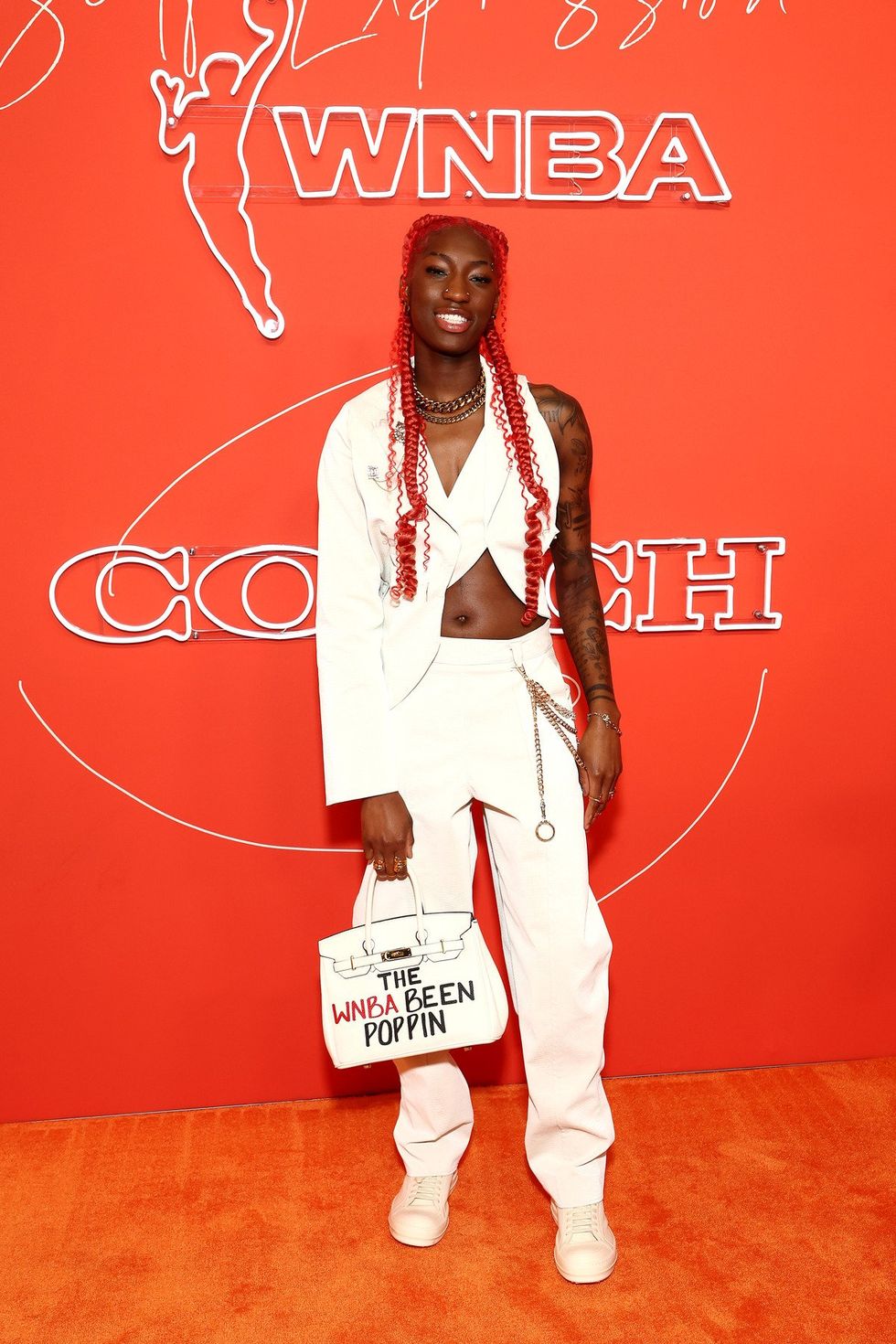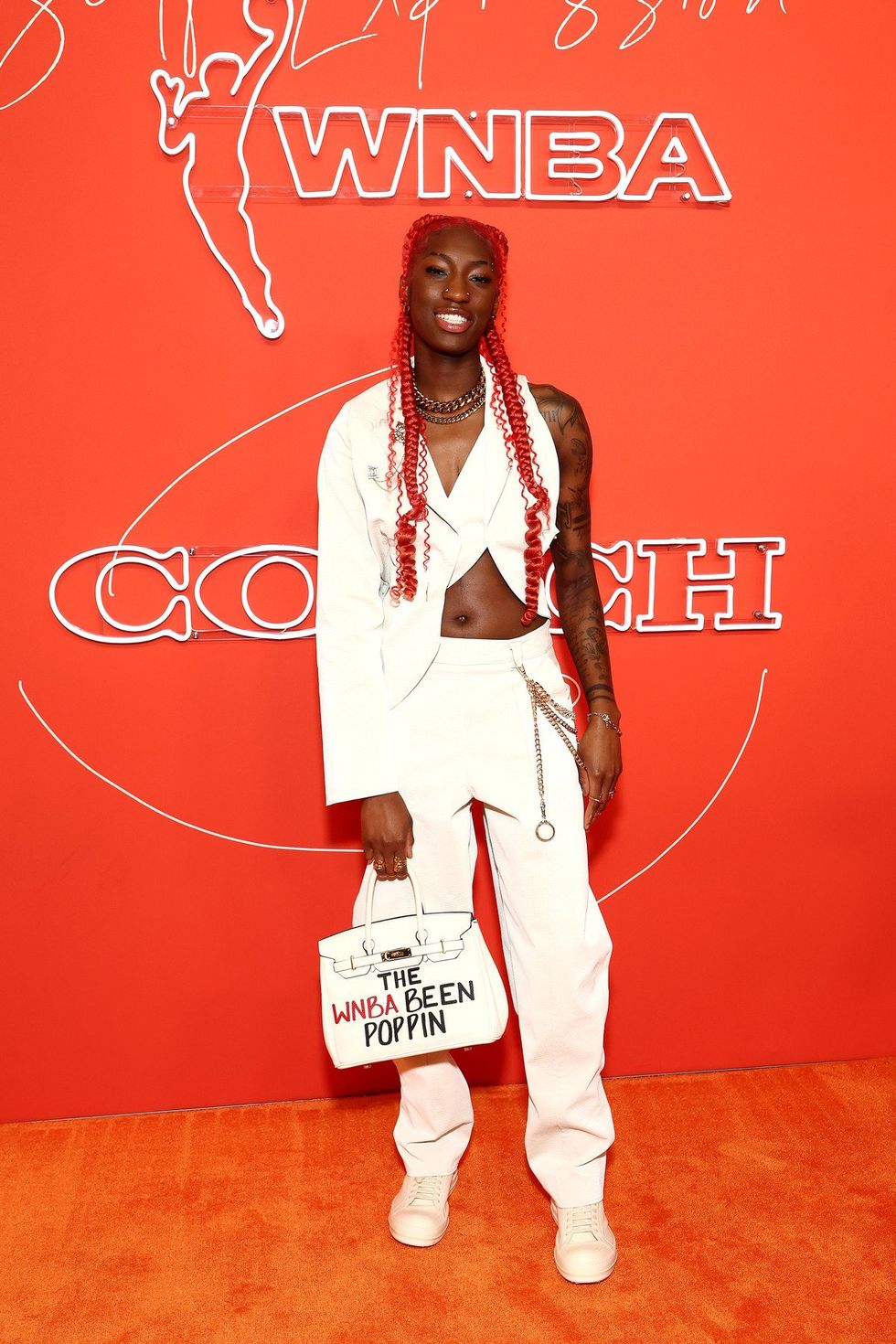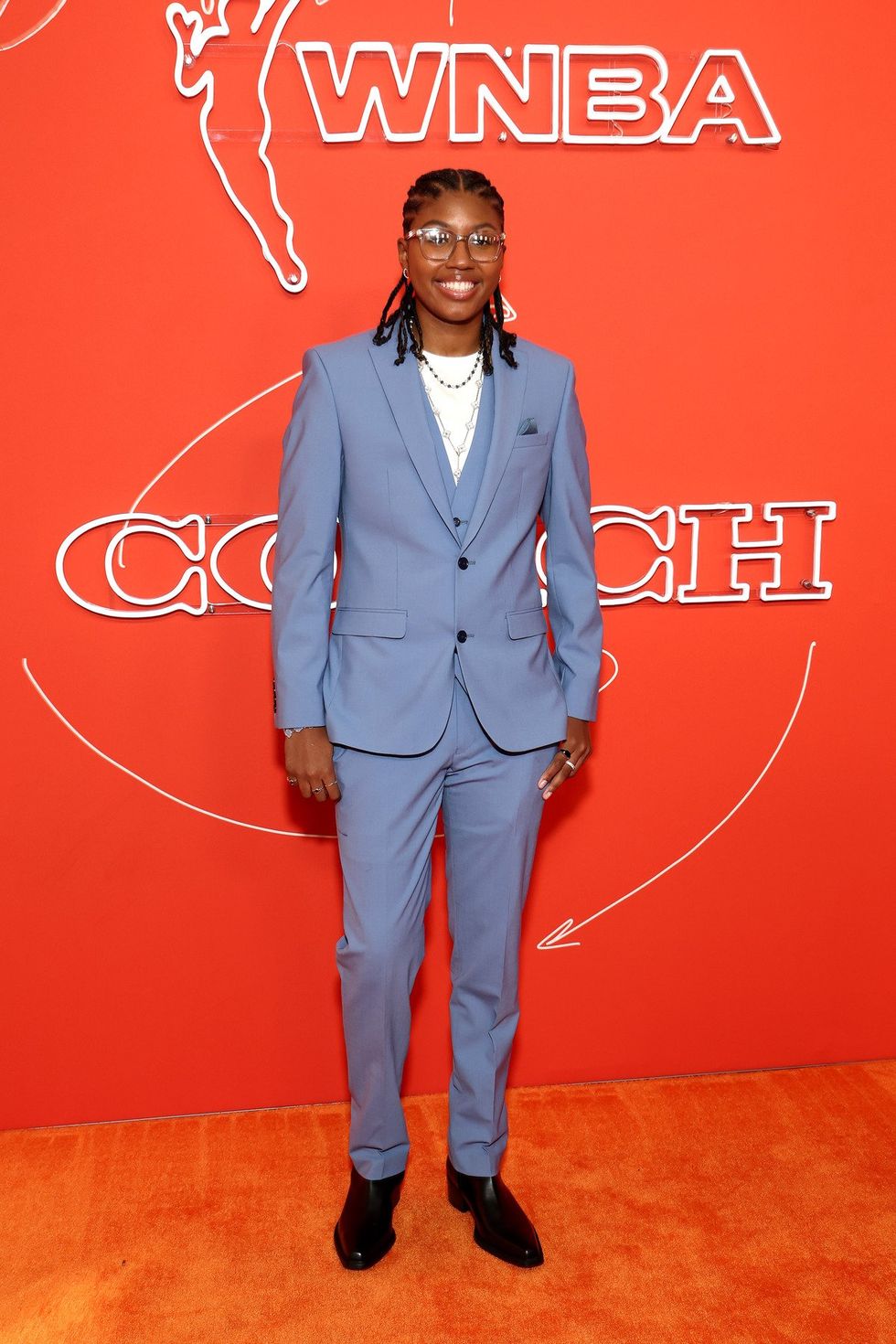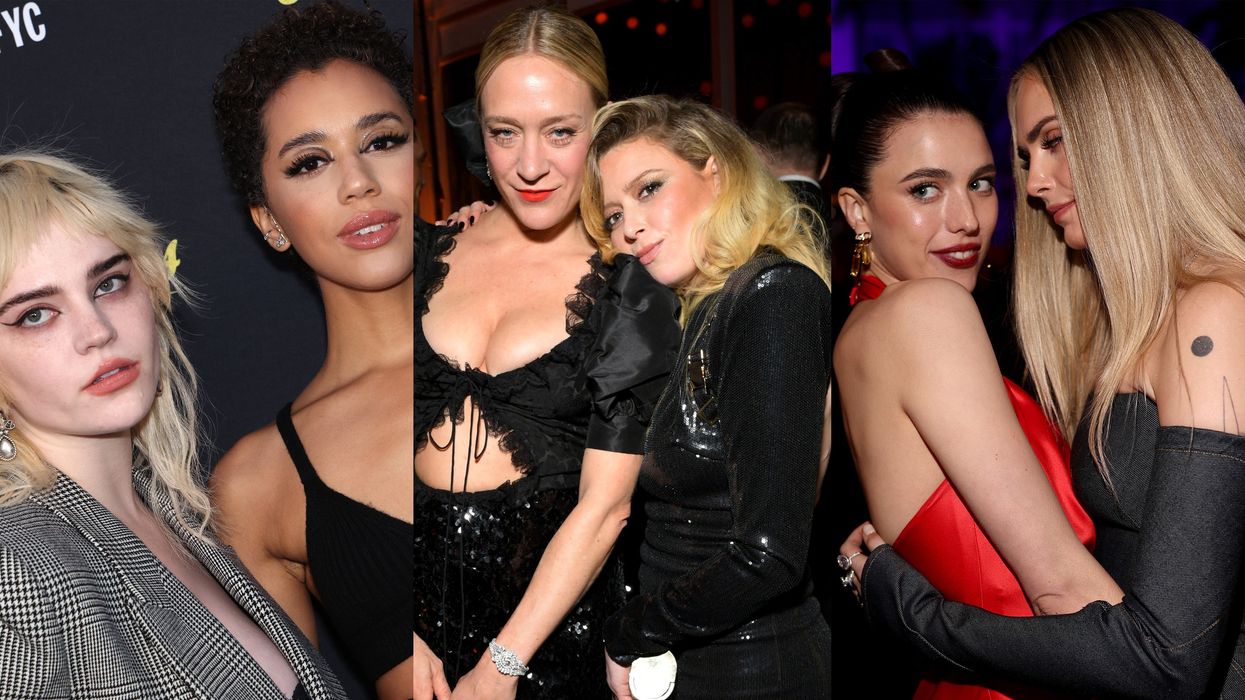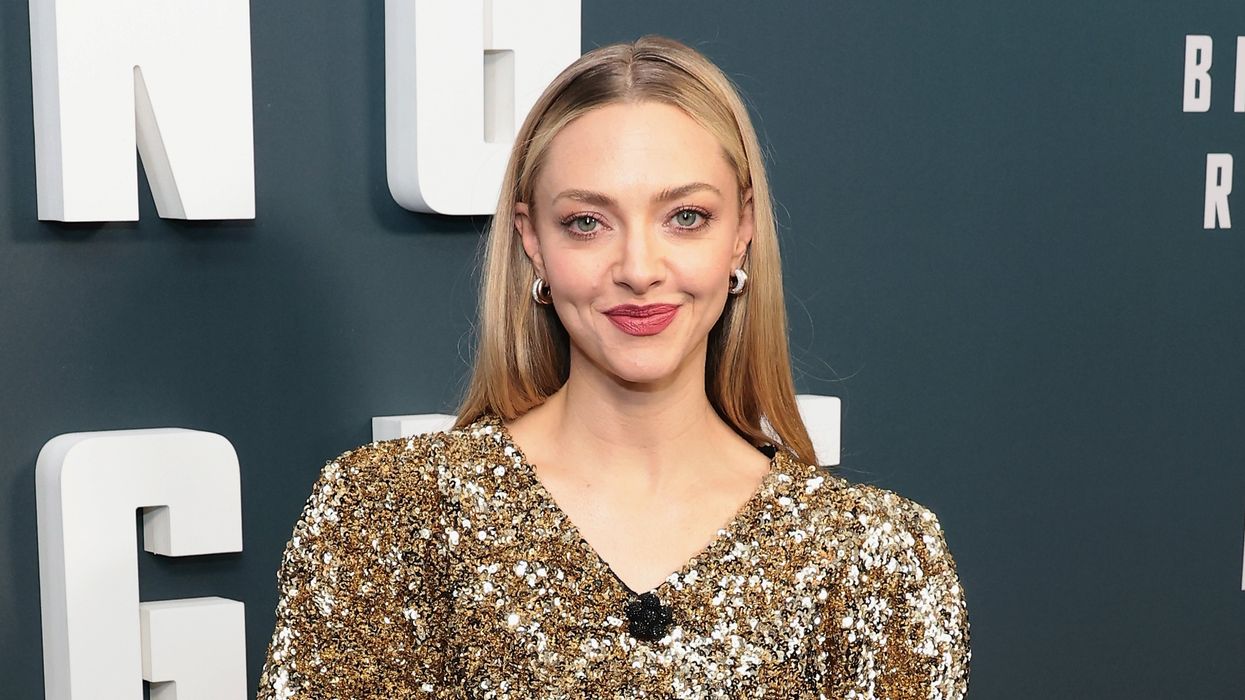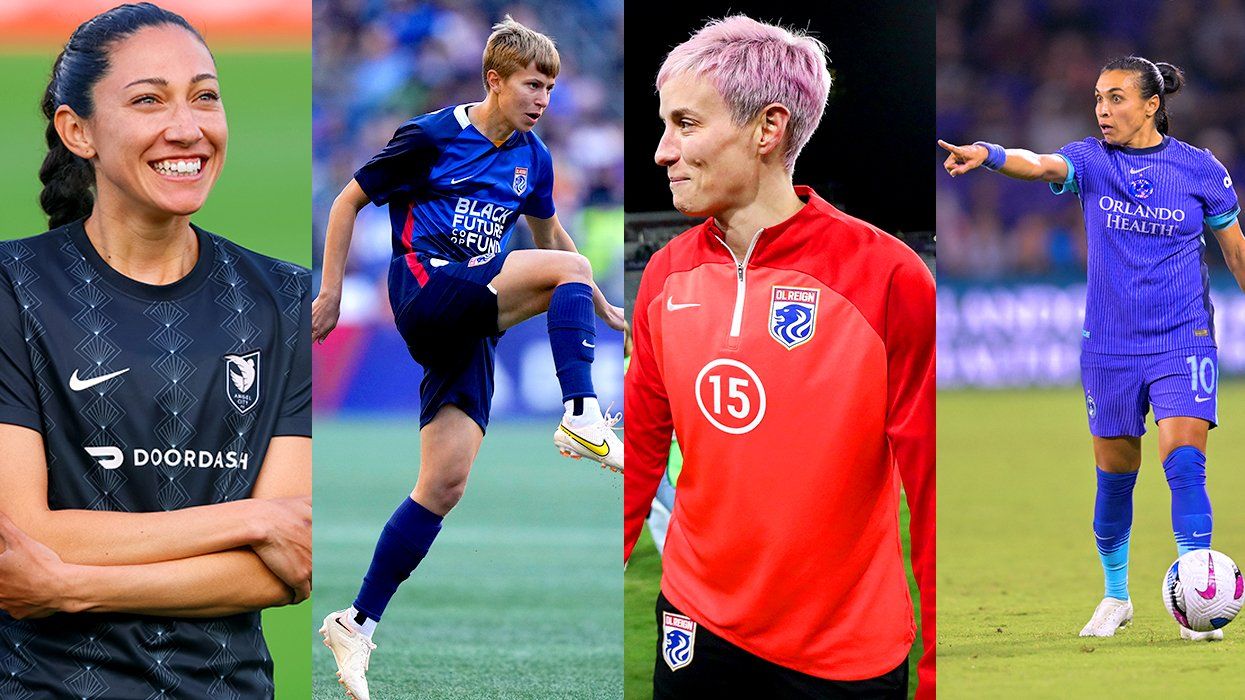I came out recently on the pages of The Advocate on National Coming Out Day. No, I didn’t come out as a lesbian–I’ve been out since high school and have been writing for The Advocate for more than 20 years. Instead, I opened a different closet door and came out as something many people don’t know about me: I came out as disabled.
This coming out wasn’t my idea, it was that of my editor, Michelle Garcia, so I have her to thank for giving me the push out of a different closet. The response I received was both amazing and humbling. Many disabled LGBT people contacted me, feeling freed by the conversation I had started.
But that rush of response also reminded me that disability is one of the last frontiers of discrimination that we need to address in both society at large and our LGBT community.
I also was made aware of something I hadn’t considered: that just as I had searched for adult lesbian role models as a lesbian teenager, disabled kids are looking for adult disabled role models. Parents of disabled kids contacted me–they were sharing my story with their kids. I also heard from lesbian moms and gay dads who were parents of disabled kids. They didn’t want their kids living in a closet like they'd had.
According to the Centers for Disease Control (CDC), “about 60 million people or one in five Americans is living with at least one disability and most Americans will experience a disability at some time during the course of their lives.”
One in five. The largest minority group in America.
Some disabilities are obvious, some are hidden. But disability, like being LGBT, cuts across all strata of our society–race, gender, ethnicity, class, age. Also, unlike anything else, disability can impact anyone suddenly–an accident, an disease hiding in one’s chromosomes and genes just waiting to come out, a simple illness that turns devastating.
In the LGBT community we talk about how everyone knows someone who is lesbian or gay, but when it comes to disability, everyone not only knows someone who is disabled, but everyone could become someone who is disabled.
That’s what happened to me.
Like a half million other Americans, the majority of them women, I have multiple sclerosis. MS used to be called “the crippler of young adults” and I was diagnosed with the disease as a young adult, at the height of my journalistic career. I suffered a severe exacerbation, which left me blind for half a year and in bed, nearly paralyzed, for another three years.
My life as I’d known it–walking, hiking, bicycling, dancing–was over. I had to reinvent my career because the 20-hour days of an investigative journalist at a daily newspaper were no longer feasible because my disease was unpredictable. The relationship I’d been in for more than a decade ended under the strain of my sudden incapacitation and concomitant depression. I wondered if I would ever have another partner. Who would want to be with a disabled lesbian?
I also had to adjust to another minority label. My life had been difficult enough as a woman and an out lesbian. Now, where I had been used to being the tallest woman in the room, I was now in a wheelchair, ignored and even shunned by the ableism that invades every aspect of our society. I had to constantly remind people that I wasn’t just some mannequin in the wheelchair–I was a real person who could hear myself being talked about in the third person.
It was devastating. My disability and the realization that this was my new normal left me feeling isolated and alone, suicidal and depressed. Like I had done as a teenager discovering my lesbianism, I searched for books that might help me understand both my diagnosis and what it meant to be disabled. I had thought–because I hadn’t been disabled then–the world had become a different place for disabled people after the passage of the Americans with Disabilities Act in 1990. I thought I was fortunate to have become disabled post-ADA. But I discovered that was much like coming out as a lesbian post-Stonewall–a little better than before, perhaps, but definitely nowhere near equal to non-disabled people. The first time I went out in my new wheelchair I discovered just how little was accessible to me.
There were also few books to guide me. Most were testimonials of people with money and access who were able to overcome disability because their bills were paid and they could afford the best care. But like most disabled people in America, disability had catapulted me from middle class to poverty in less than a year. My income plummeted while my medical expenses soared. A power wheelchair cost more than my car. A stair glide to get from my first floor of my house to the second was equally expensive. The outside of my house was inaccessible due to the number of steps, which meant as long as I was in a wheelchair; I was also almost wholly in the house. I had to be carried down the steps. A frightening, humiliating and infantilizing experience.
Yet, as oppressive as the financial burdens of a debilitating, chronic, and yes, terminal disability were, the other burdens were worse.
Disabled people suffer from extremes of isolation. Physical disability can literally keep one housebound, as was the case for me, but hidden disabilities can make life a different hell to navigate. I received many tweets from gay men who suffer from autism and other neuro-atypical disabilities and from lesbians who suffer from Lupus, sickle-cell anemia and other autoimmune diseases that are chronically disabling. I also heard from many Deaf lesbians and gay men who didn’t consider being Deaf a disability–but others did–which meant being restricted to the Deaf community or being disabled in a hearing community.
All these women and men felt they had to hide their disabilities from their own LGBT community. Most felt misunderstood and often shunned.
When I was first diagnosed with MS after a five-year battle with a myriad of increasingly alarming symptoms and concomitant injuries due to sudden numbness in my feet and legs, I searched for support networks, but found little for LGBT disabled. There were no books on lesbians and disability, no websites, no data–nothing to make me feel part of this new subset of community. Yet women are diagnosed with chronic disabling diseases like MS, lupus, myasthenia gravis and rheumatoid arthritis more often than men. I knew of some lesbians who had been crippled and sidelined by these diseases. Why wasn’t there more about them and their impact on lesbians?
I felt so alone. I had a couple of friends with MS, but they were straight. I had no template for what it was to be a disabled lesbian. I sought other disabled lesbians and even did a book, Restricted Access: Lesbians and Disability, which was called groundbreaking, because it was the first book of its kind, but which didn’t further the conversation as I and others I included in the book had hoped.
I didn’t intend to return to the disability closet, but I did. And I stayed there for a decade, until that National Coming Out Day column which got thousands of likes and was tweeted and retweeted hundreds of times.
The response to that article made me aware of how many of us are still hiding in the disability closet, afraid of censure, of being thought we are less than our non-disabled friends, colleagues, lovers.
But why should we have to hide?
The reasons we do are the same as the reasons LGBT people have stayed closeted for generations: Fear of losing something, be it friends or lovers, jobs or housing. Fear of losing the lives we thought we had. Fear of being bullied. Fear of being ostracized. Fear of stigma.
And then there is our sexuality. While non-disabled LGBT people are striving to be defined by something other than their sexuality, disabled LGBT people are striving to be seen as sexual. Being disabled doesn’t mean we’ve been de-sexualized. Yet being able-bodied is synonymous with being sexy. So how do we bridge that sexuality gap created by an ableist society?
LGBT community prides itself on being inclusive–I’ve seen signing for the Deaf at our events as long as I’ve been a lesbian. Yet when the LGBT center opened in my city, Philadelphia, the fifth largest in America, it was wheelchair inaccessible. But then so were the two brand new theaters and the largest music venue in the city. The college where I was teaching, the largest school for the creative and performing arts in the nation, was largely wheelchair inaccessible.
So much for the ADA.
LGBT inclusivity only reaches so far, many of us have discovered. Many disabled LGBT people have said to me that they feel they belong to two communities–LGBT and disabled–but fit into neither. And so many of us with hidden disabilities like autism or lupus, sickle cell or deafness do what we may have once done as LGBT people–try to pass. After all, it’s difficult enough to deal with the restrictions of whatever our disability is. Why should we have to battle discrimination on a daily basis as well?
Like coming out lesbian or gay, coming out disabled isn’t a one-time event. We have to do it over and over again. And despite the repetitive nature of coming out, it doesn’t necessarily mean it’s easier.
But we have to try and make it so. Just as it was incumbent upon lesbians and gay men to force straight society to recognize us and give us equal rights, those of us who are disabled need to remind the non-disabled among us that they are just one genetic mis-step or fall or bad dive away from being disabled themselves.
It’s 2013. We need to get over being afraid of people whose bodies or minds may be different from ours. We are learning that one in 85 people has autism. That’s millions of Americans, many of them gay. One in 20 of us, mostly women, has some kind of autoimmune disease like lupus, sickle cell, MS–that’s thousands of lesbians. And one in 250 will be born with some kind of disability. One in ten of them will be lesbian or gay.
The time for inclusivity is now. The time for acceptance is now. The time for all of us who are disabled to be able to burst through our closets and into the light is now. As LGBT people get closer and closer to real equality in America, it’s time disabled LGBT people were equal to the non-disabled members of our own community.
Disability isn’t catching, but it still could happen to you. Remember that the next time you talk over the head of someone in a wheelchair or get impatient with the voice of someone who is Deaf or has cerebral palsy. For decades LGBT people have told straight people that we are of equal value.
We are. All of us. Disabled LGBT people are one more facet of our multi-faceted community. Embrace us. You could be one of us tomorrow.
@VABVOX
Victoria A. Brownworth is a Pulitzer Prize-nominated journalist and the author/editor of more than 30 books including the award-winning Coming Out of Cancer: Writings from the Lesbian Cancer Epidemic and Restricted Access: Lesbians and Disability. She is a regular contributor to SheWired and The Advocate and a blogger for Huffington Post.






















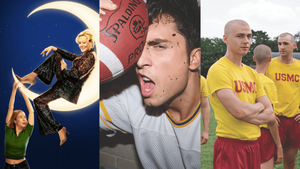











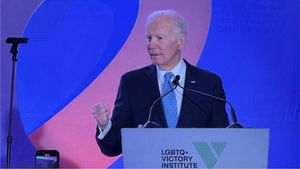
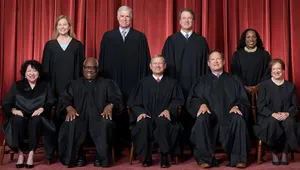









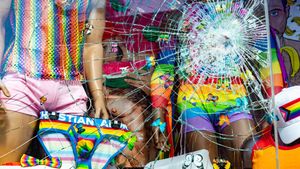
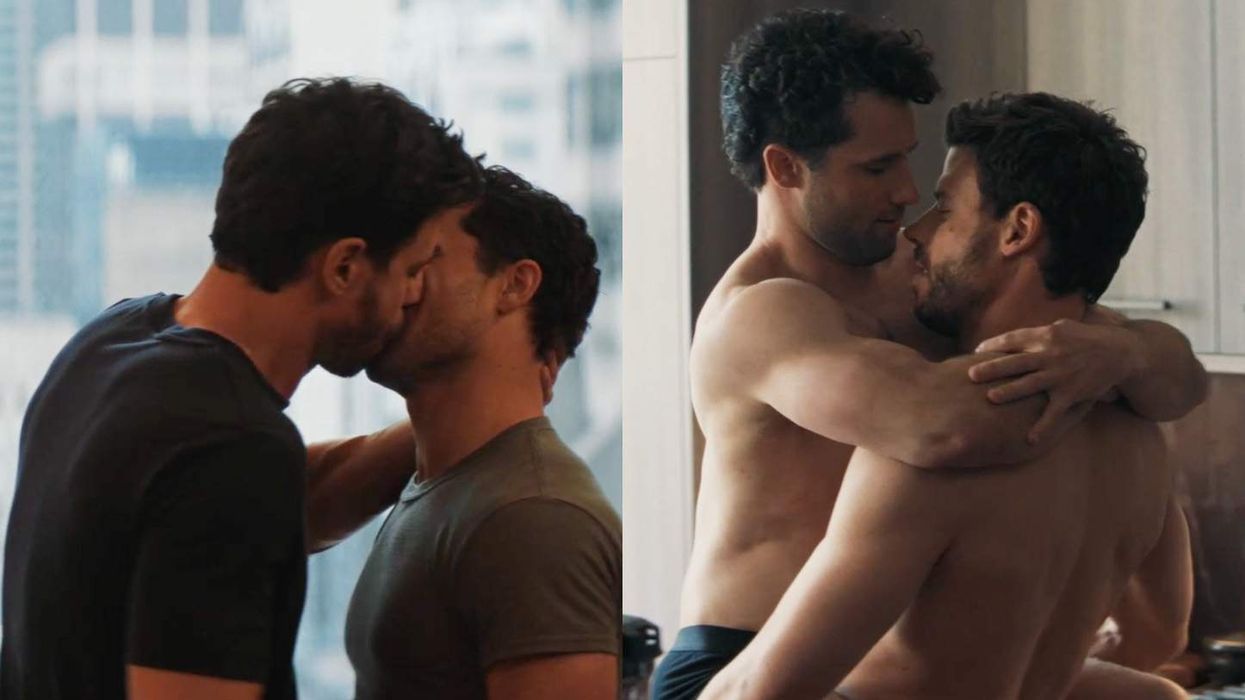
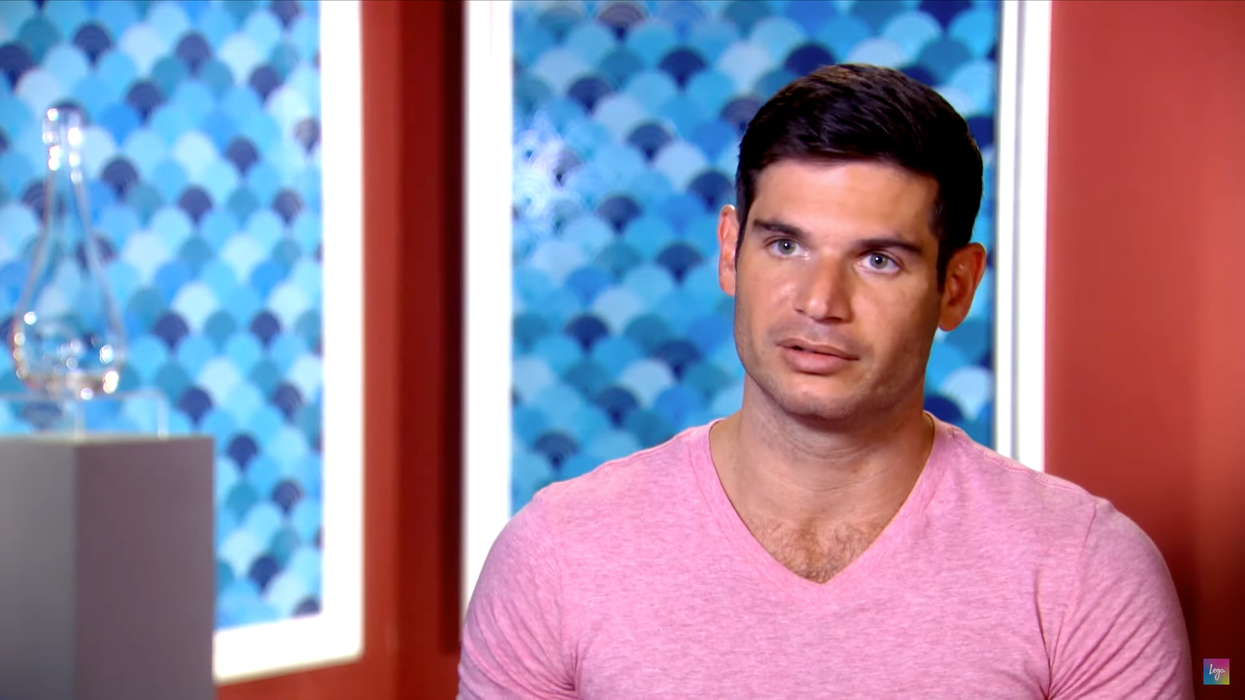
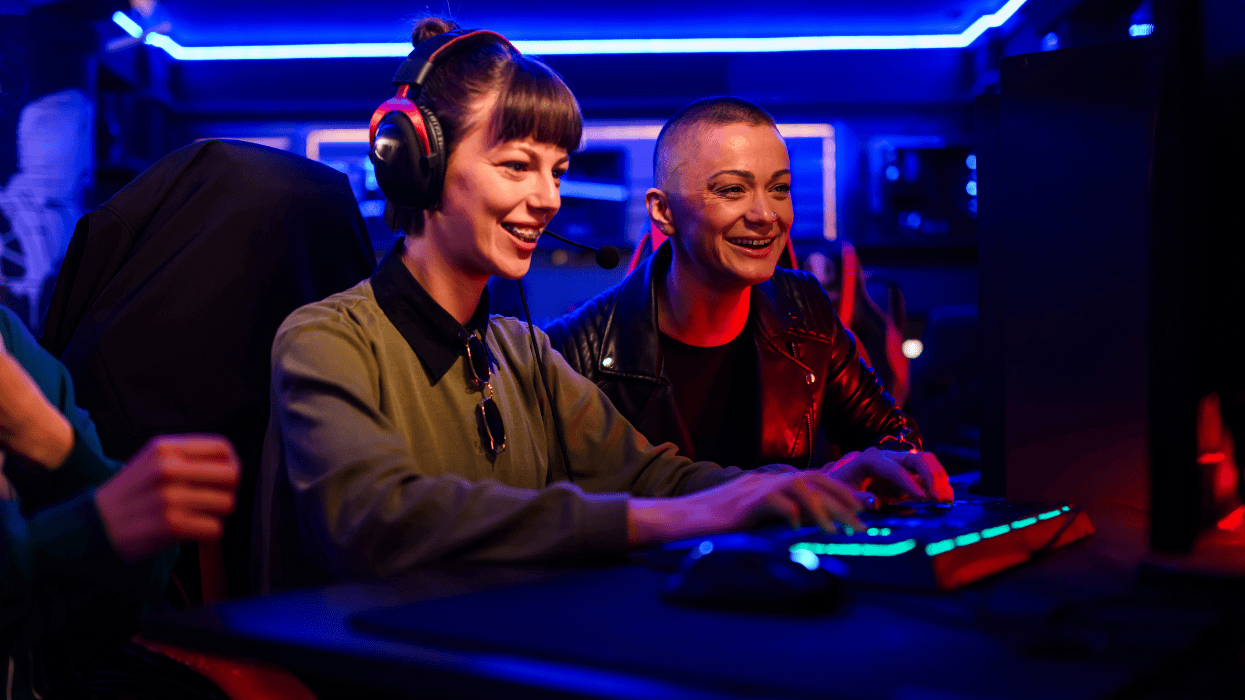
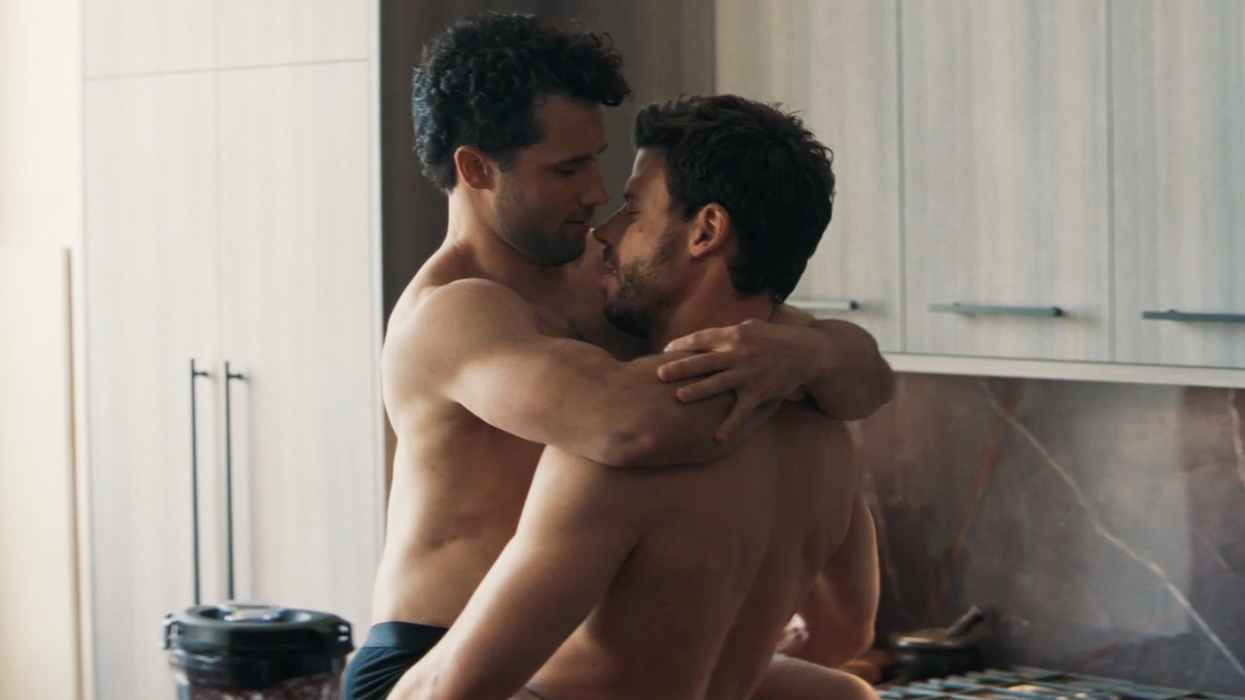
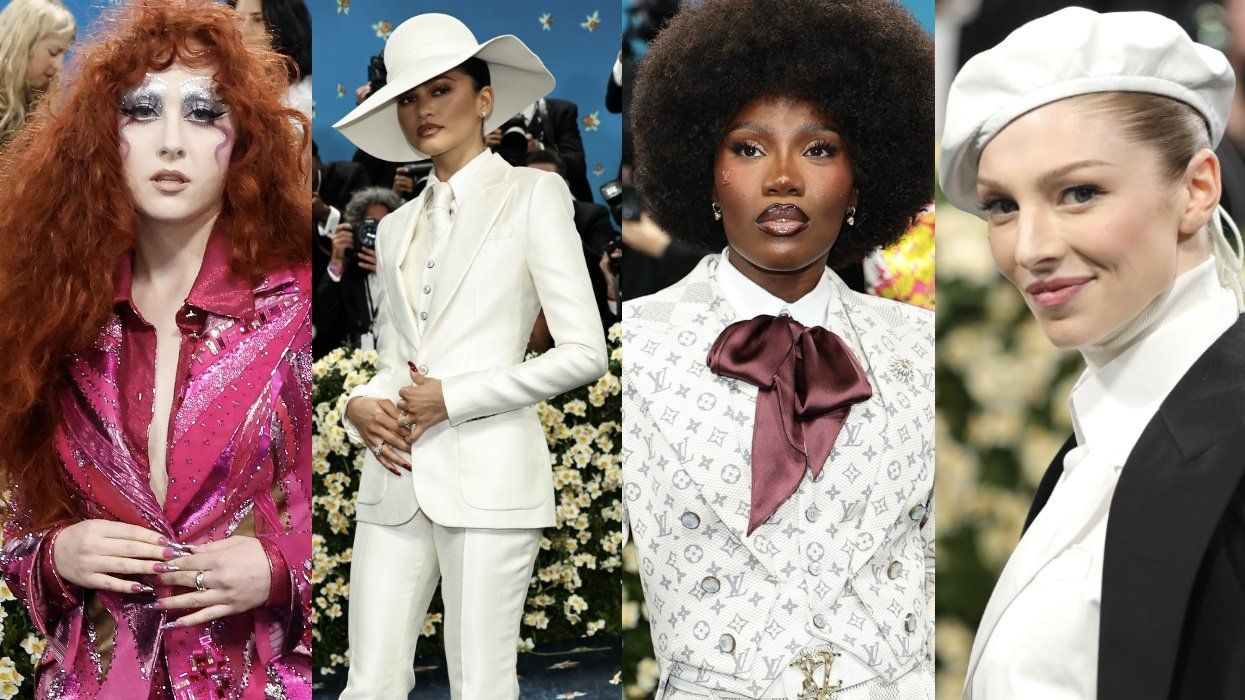
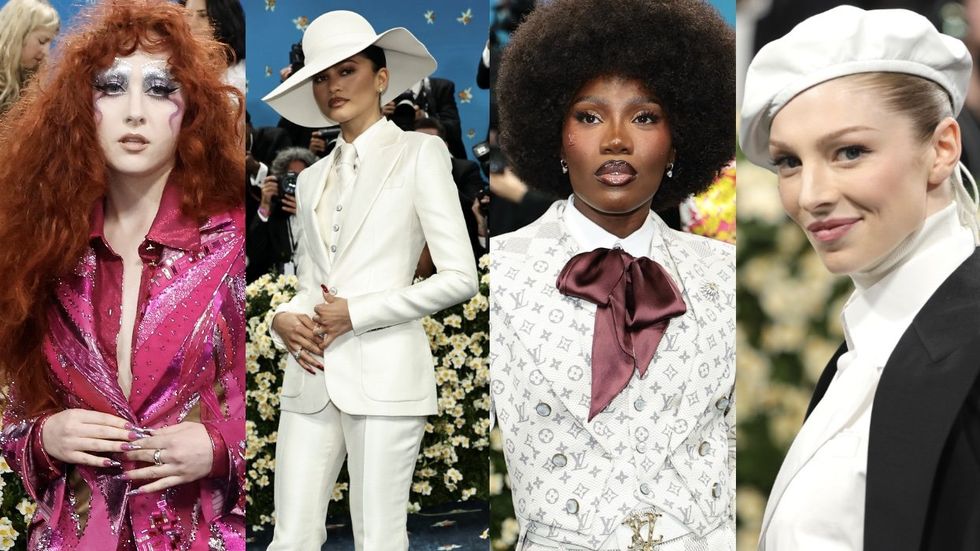



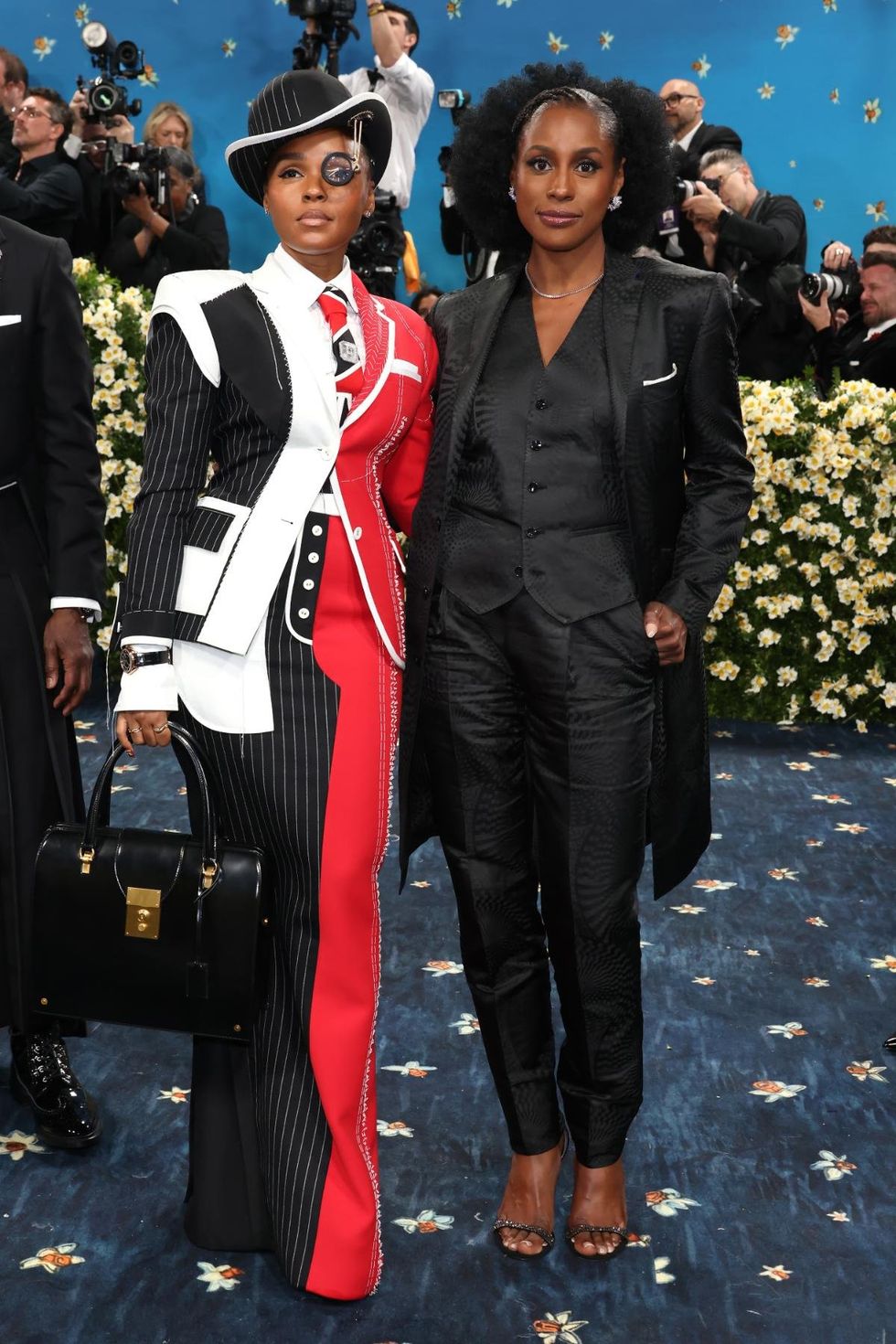

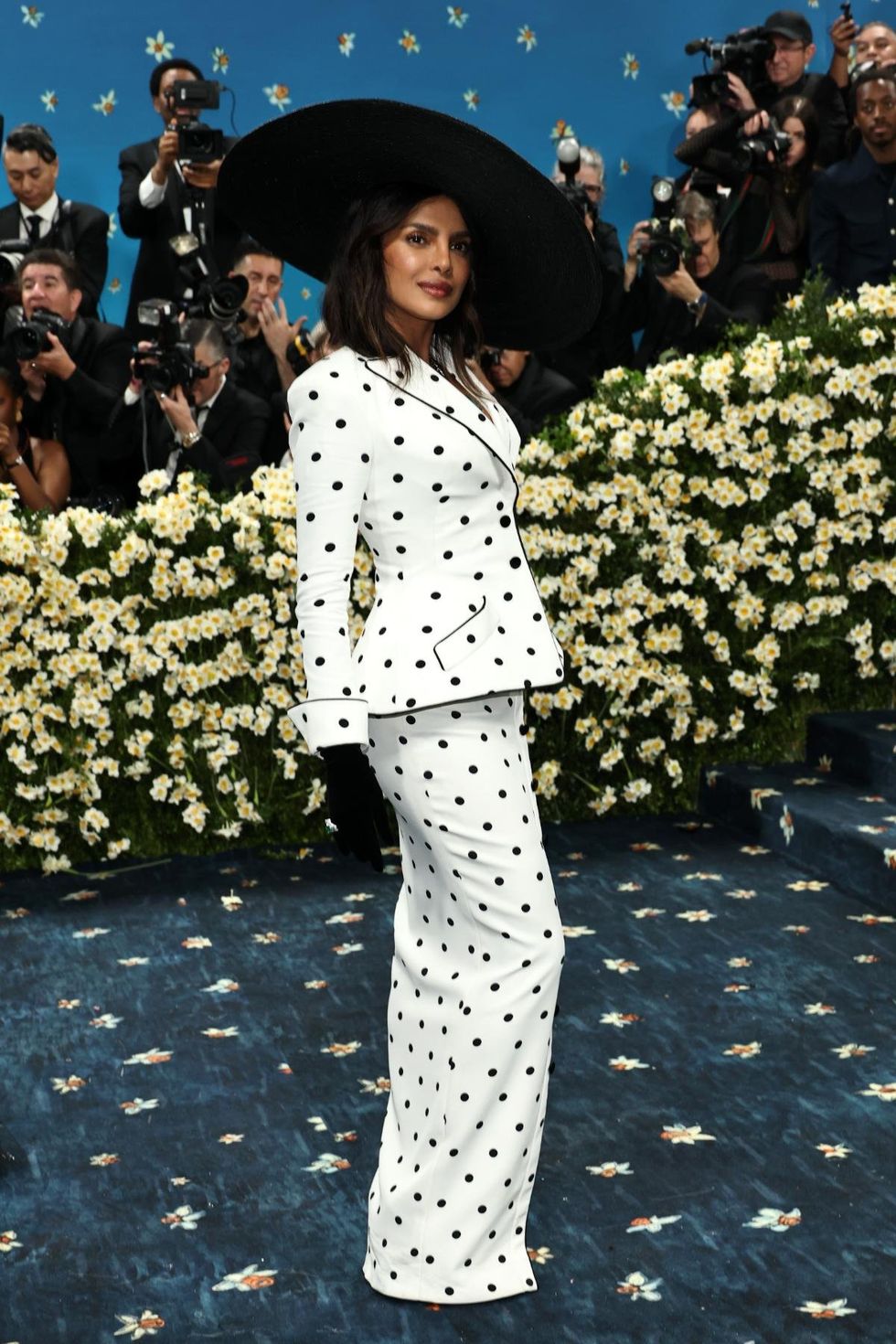












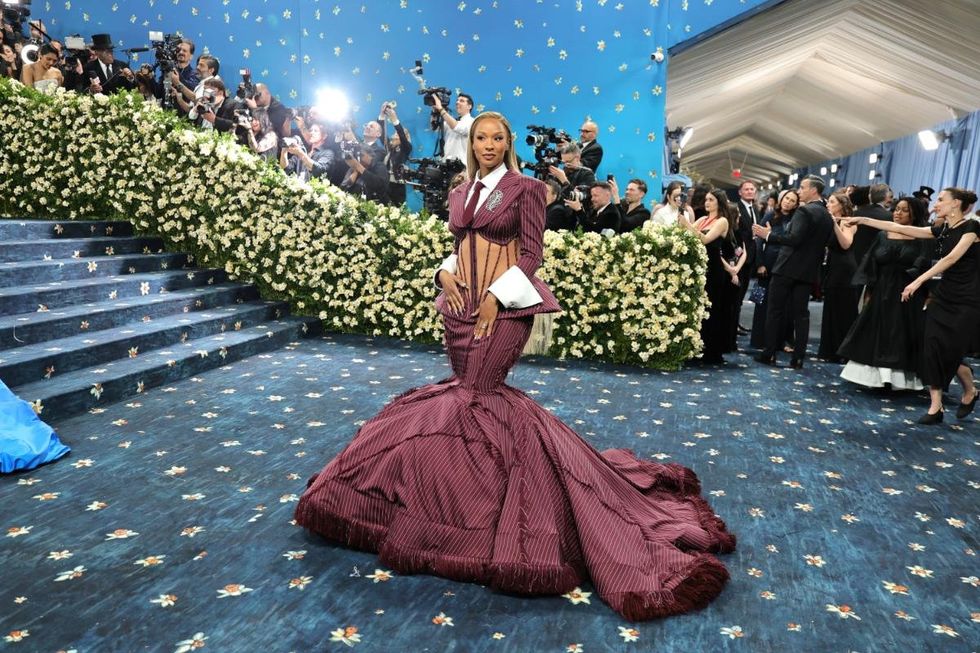

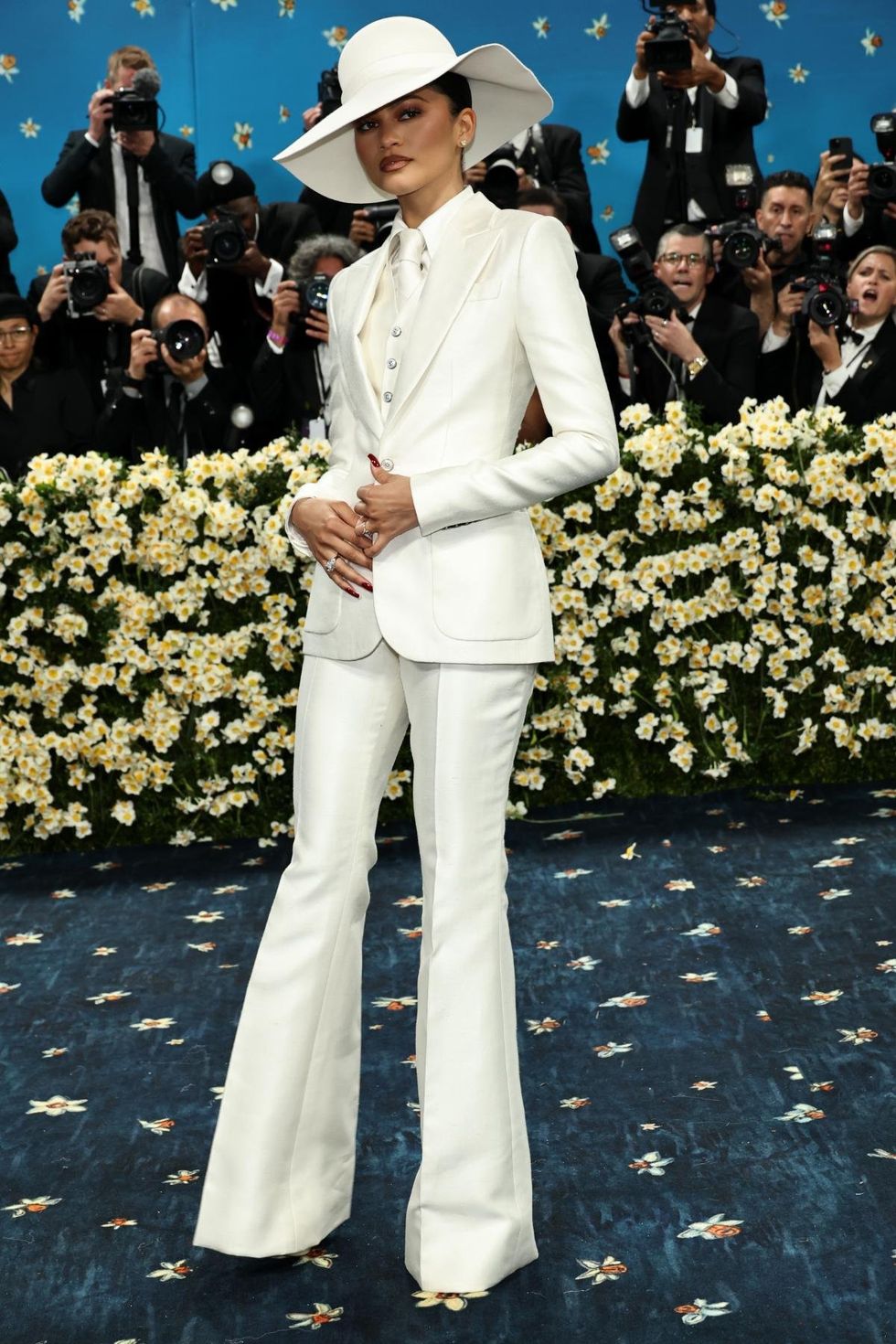



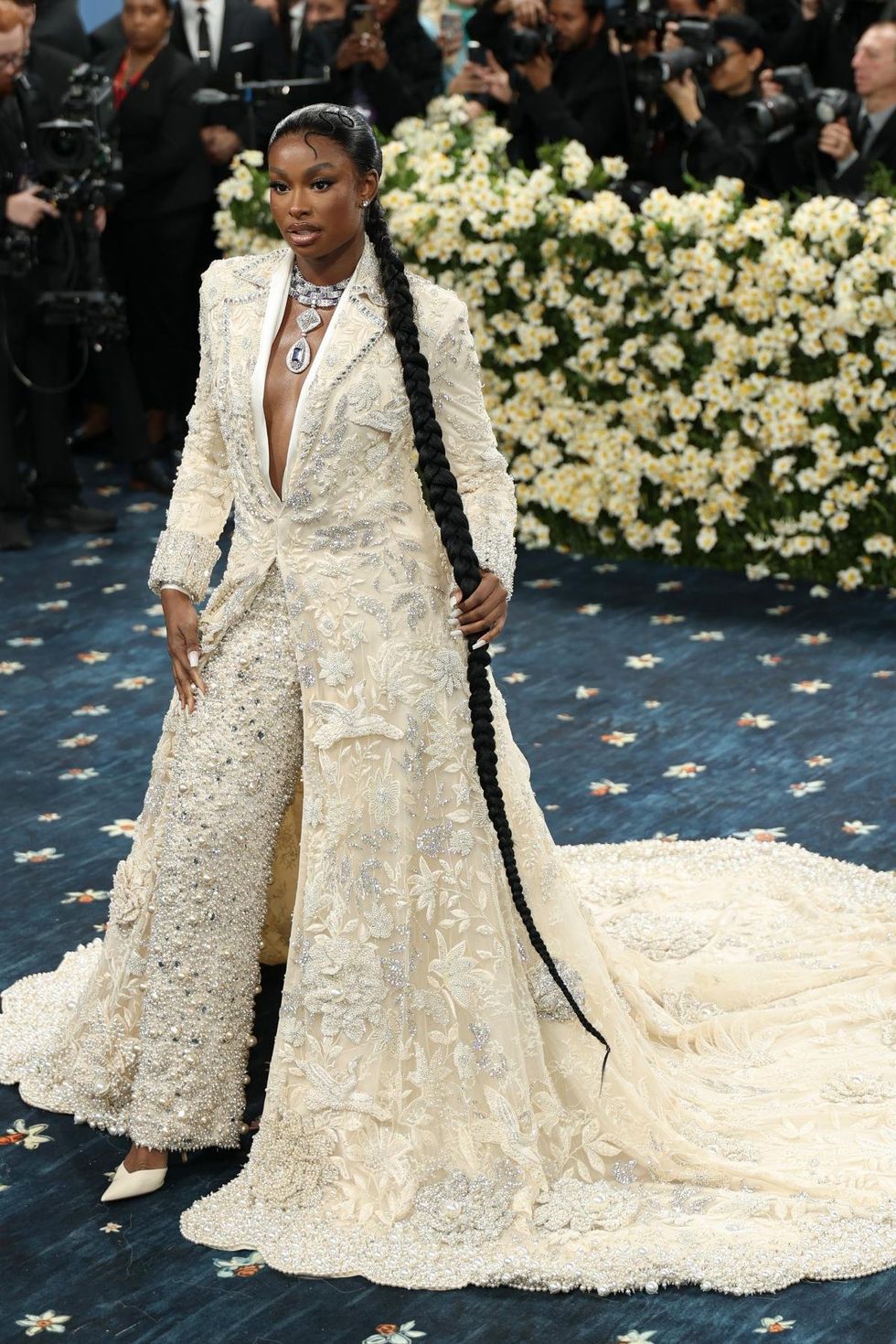



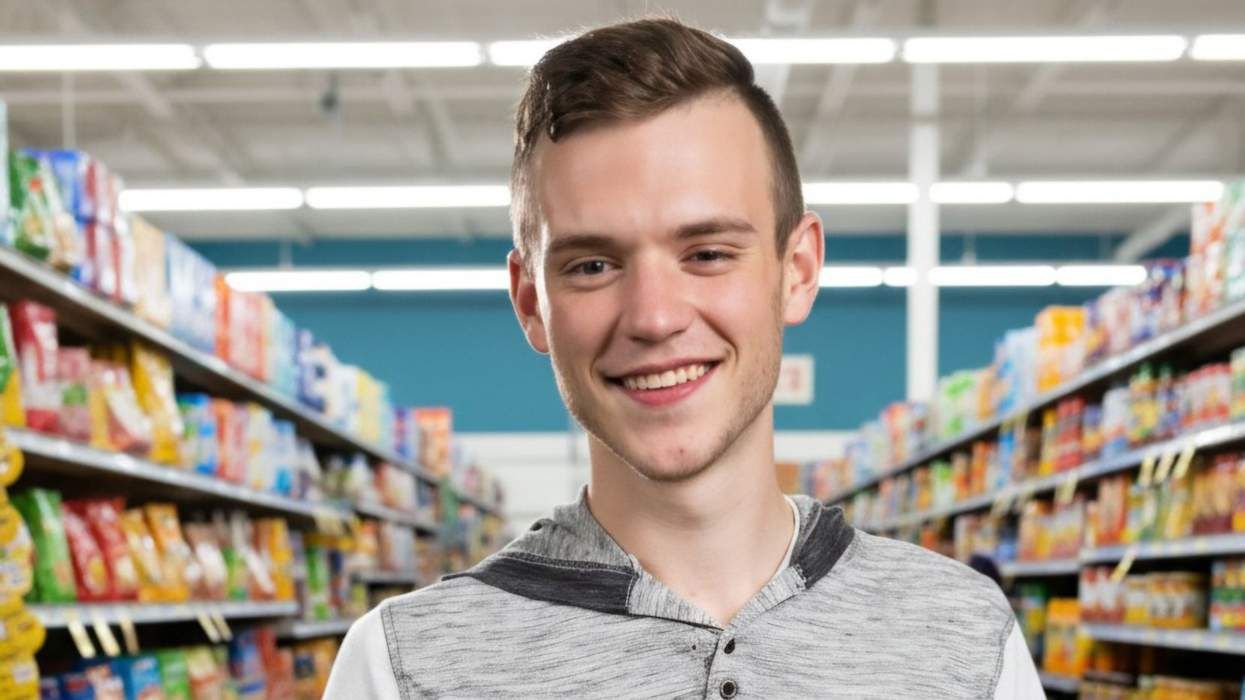

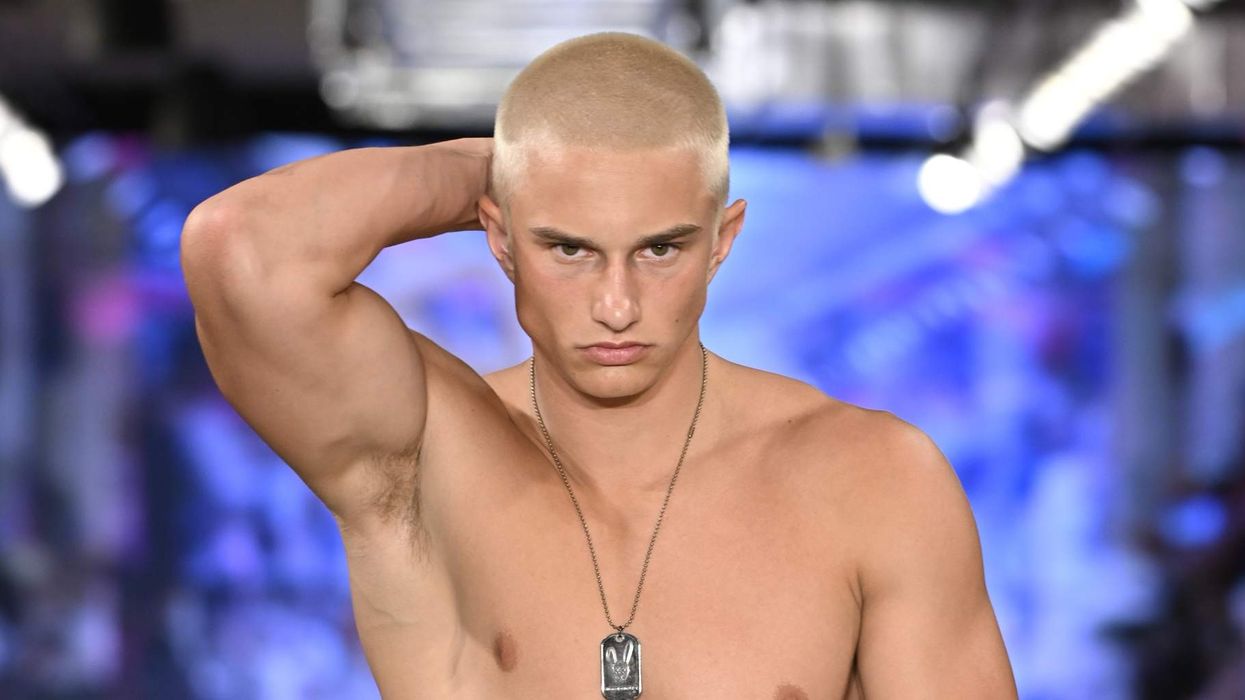
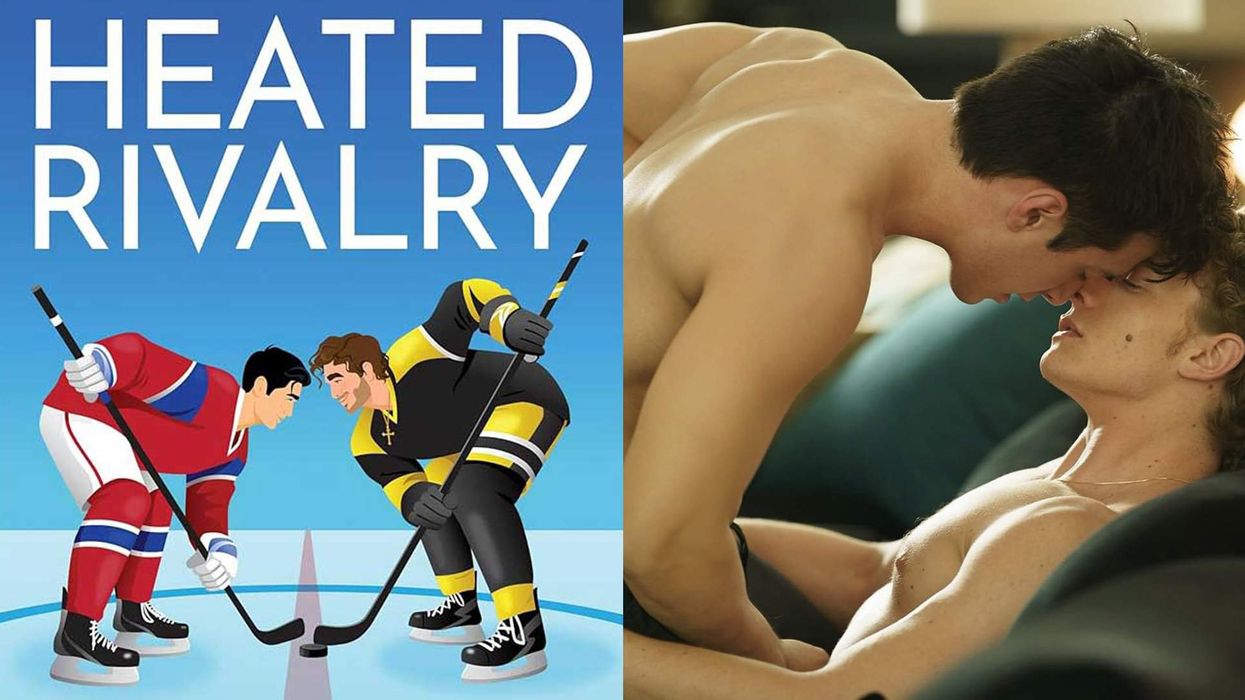

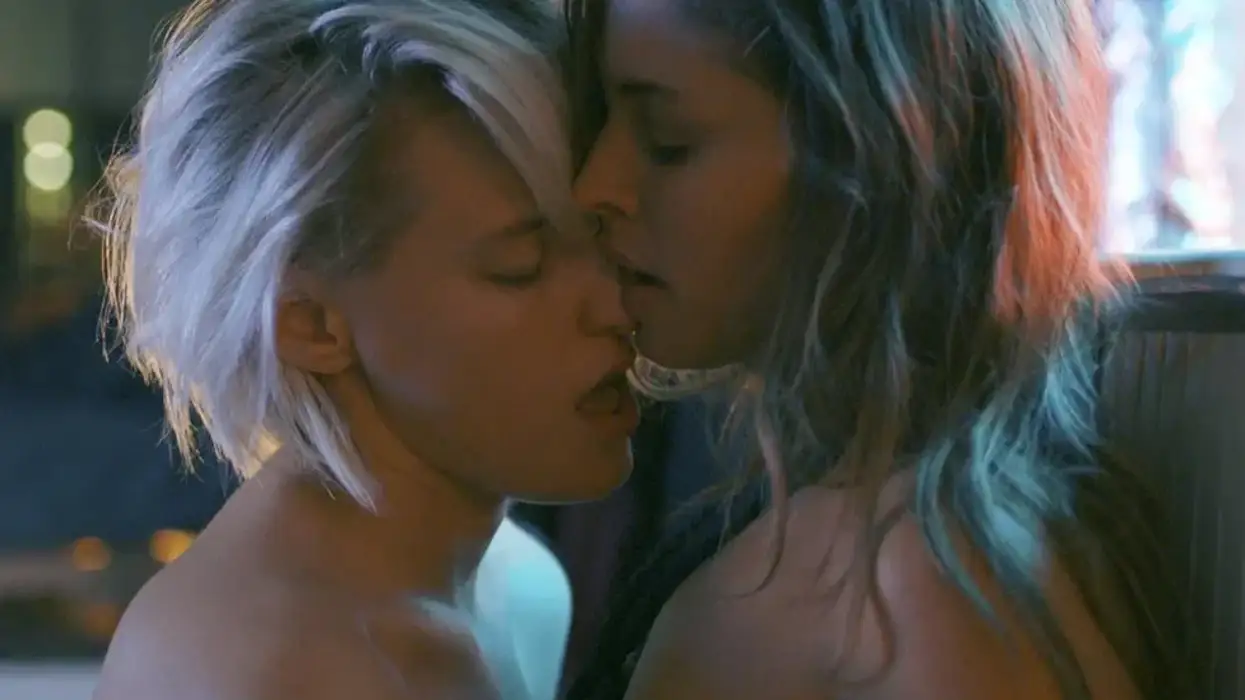
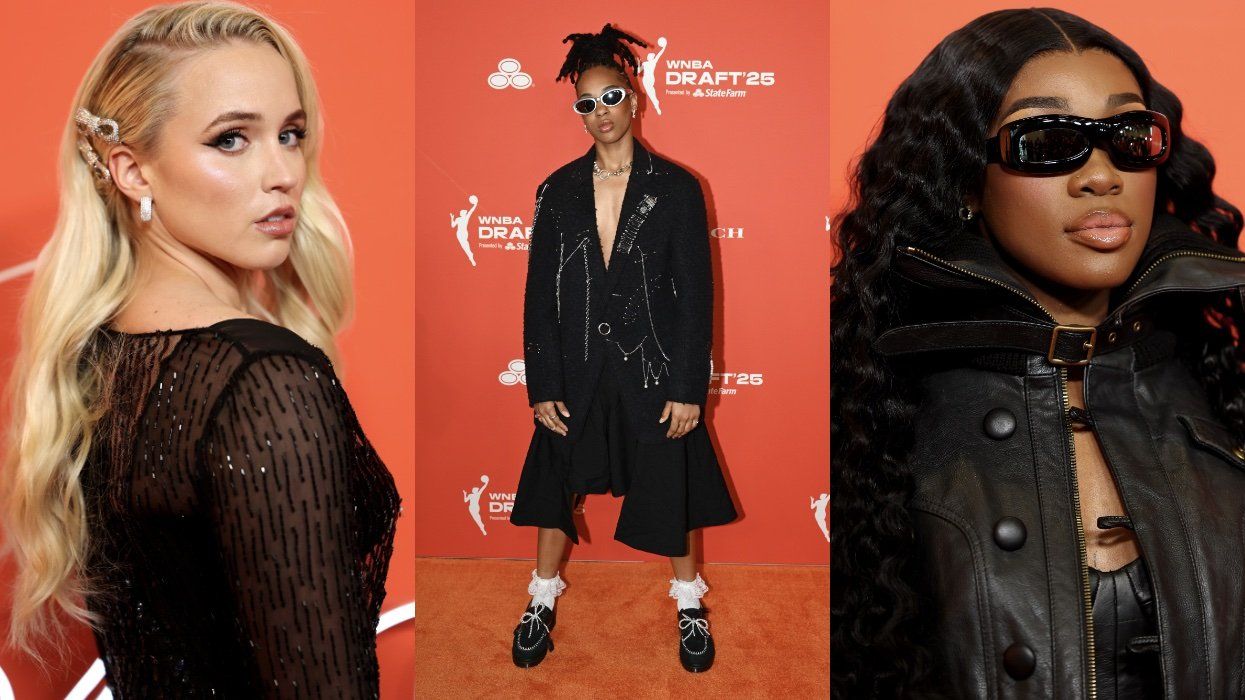
 Cindy Ord/Getty Images
Cindy Ord/Getty Images